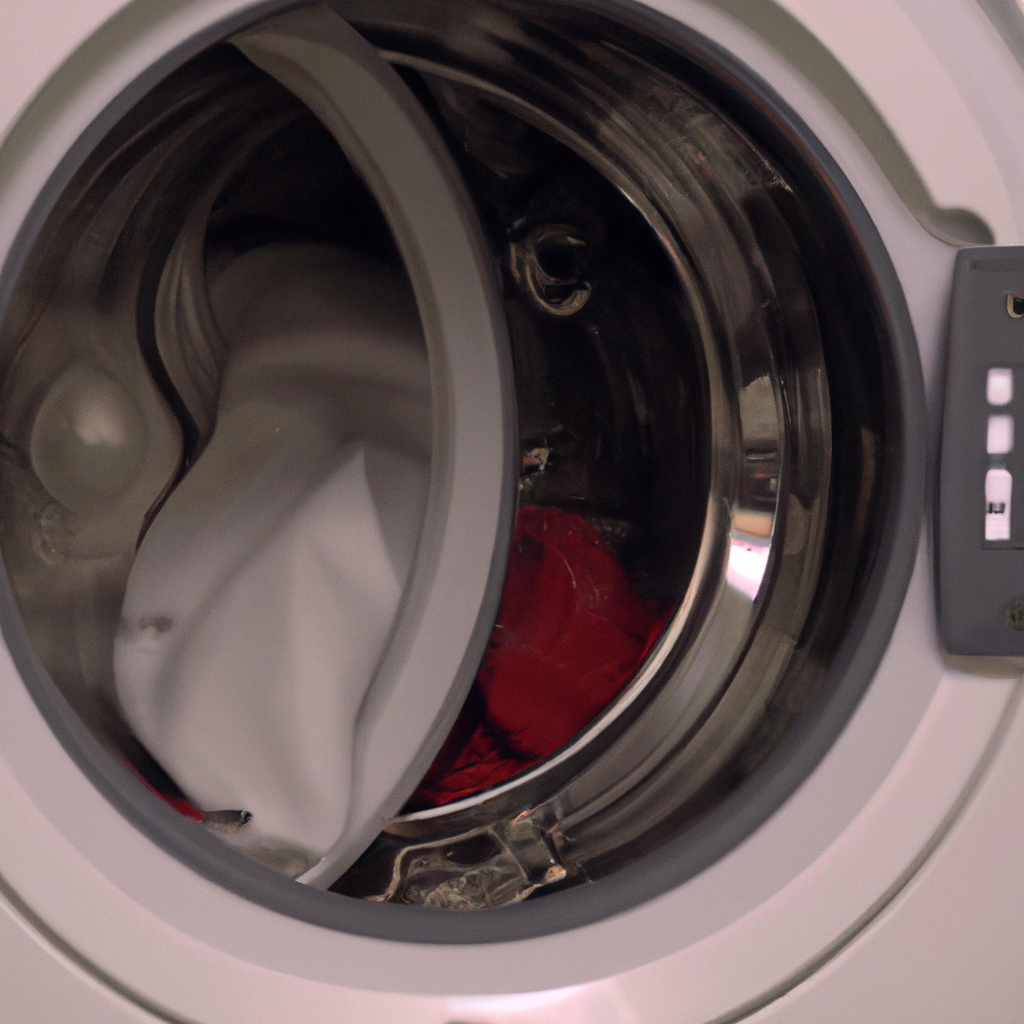Washing machines are a staple in nearly every household around the world. They have made laundry day a lot easier and less time-consuming. But have you ever wondered how a washing machine actually cleans your clothes? In this article, we will explore the inner workings of a washing machine and how it cleans your clothes.
The Washing Machine
A washing machine is a home appliance used to clean clothes. There are two types of washing machines: front load and top load. Front load washing machines are more energy and water-efficient, and they are known for their gentle fabric care. On the other hand, top load washing machines are more affordable and easier to load and unload.
The washing machine works by filling the drum with water, adding detergent, and agitating the clothes to remove dirt and stains. The washing cycle typically lasts for about 30 to 45 minutes, depending on the wash setting.
The Cleaning Process
The cleaning process in a washing machine involves four main steps: water intake, detergent release, washing cycle, and rinsing.
Water Intake
When you start the washing machine, it begins to fill the drum with water. The water intake is controlled by a valve that opens and closes, allowing the right amount of water to enter the drum. The amount of water depends on the size of the load and the wash setting.
Detergent Release
Once the water reaches the appropriate level, the detergent is added. The washing machine has a dispenser that releases the detergent into the water. Most washing machines have different compartments for fabric softener and bleach as well.
Washing Cycle
The washing cycle is where the cleaning magic happens. The drum spins and agitates the clothes, allowing the detergent to penetrate the fibers and lift dirt and stains. The washing cycle time and intensity depend on the wash setting selected.
Fabric Care
Front load washing machines are known for their gentle fabric care. They have a drum that rotates on a horizontal axis, which causes less friction and wear and tear on the clothes. Top load washing machines have a drum that rotates on a vertical axis, which can be harsher on the clothes.
Stain Removal
Stain removal is a crucial part of the cleaning process. Most washing machines have a pre-wash or soak cycle that allows the clothes to soak in water and detergent before the actual washing cycle begins. This helps to loosen and remove tough stains.
Rinsing
After the washing cycle is complete, the washing machine drains the dirty water and begins the rinsing process. The drum fills with clean water and rinses the clothes to remove any remaining detergent. The washing machine typically goes through several rinsing cycles to ensure that all the detergent is removed.
Final Spin
The final spin is the last step in the cleaning process. The drum spins at a high speed to remove excess water from the clothes. This makes the drying process faster and more efficient.
Conclusion
In conclusion, washing machines clean clothes by filling the drum with water, adding detergent, agitating the clothes, and rinsing them. The cleaning process involves four main steps: water intake, detergent release, washing cycle, and rinsing. Fabric care and stain removal are also important elements of the cleaning process. Washing machines have made laundry day a lot easier and less time-consuming, and understanding how they work can help you choose the right one for your household.







